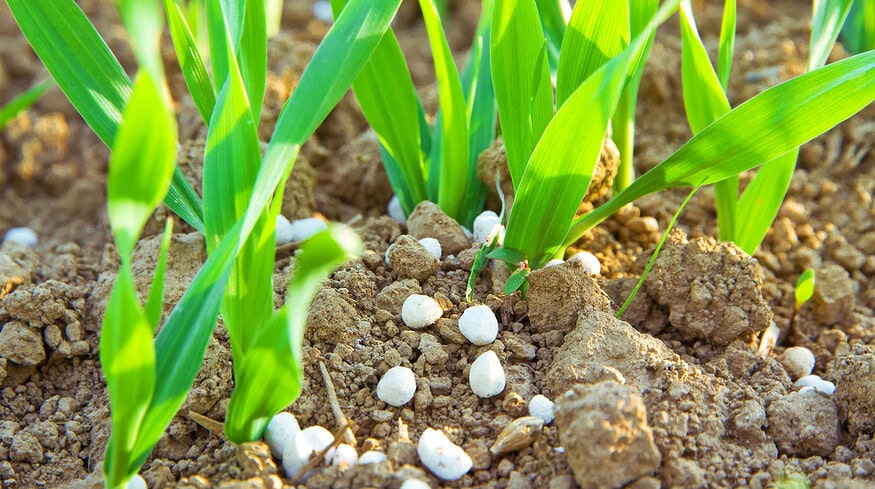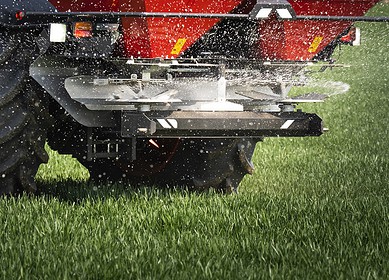The RFPA President took part in the plenary session in Kazan

President of the Russian Fertilizer Producers Association (RFPA) Andrey Guryev took part in the plenary meeting of the All-Russian Field Day-2023.
The exhibition was held on July 6-9 at the Kazan Expo International Exhibition Center. This year, the site of the All-Russian Field Day brought together representatives of crop production, animal husbandry, processing, the production of mineral fertilizers, science, agricultural technology, the banking sector, and agricultural engineering. On 45 hectares, 235 companies, over 300 units of agricultural machinery, and more than 250 varieties of various crops of domestic selection were represented.
Opening the event, the Minister of Agriculture of Russia Dmitry Patrushev noted the sustainable development of the country’s agro-industrial complex, which is annually confirmed by the growing dynamics of yield volumes for major crops.
“Last year was a record year for several positions, almost all regions updated their highs. This is not just a happy accident but the result of systemic solutions that we have implemented together in recent years. In particular, we actively worked to increase the level of fertilizer application per hectare of soil. If in 2018 it was about 40 kg, then in 2022, the average fertilizer application in Russia was 60 kg per hectare. And this is far from the limit. By 2025, we must reach an average level of 80 kg per hectare,” Dmitry Patrushev stressed.
The Minister emphasized that fertilizers are the most important component of yield growth, and thanked the industry for implementing measures to ensure the availability of fertilizers for Russian farmers.
Rais of the Republic of Tatarstan Rustam Minnikhanov noted the significant progress of the agricultural sector in the region in recent years.
“Today, the agro-industrial complex of the republic is a modern high-tech industry with a high potential for development. With 2% of the country’s agricultural land, we produce 3.8% of agricultural products throughout Russia. Particular attention is paid to increasing fertility. In 2018, we applied 52 kg of active substance per hectare, and in the current year, this figure will be 82 kg. And, of course, words of gratitude to the ministry: the price of fertilizers has been kept at the level of last year, this is significant support,” Rustam Minnikhanov said.
RFPA President Andrey Guryev emphasized that the interests of the domestic agro-industrial complex for the mineral fertilizer industry are an invariable strategic priority.
“Last year, farmers purchased 60% more fertilizer (13.2 million tons) than in 2018. And 2.5 times more than in 2013. Even though today is only July, we have already covered the needs of Russian farmers for the whole of 2023 by more than 70% (almost 4 million tons of fertilizers). And, of course, we will deliver the remaining volumes to 100%. Those record harvests, which Dmitry Patrushev spoke about today, are the result of a comprehensive state policy, and the fertilizer sector, as a key partner of the agro-industrial complex, certainly feels involved in a large-scale breakthrough that is taking place in the Russian agricultural sector,” Andrey Guryev noted.
The mineral fertilizer industry continues to invest in development, the head of the RFPA added. In the next 5-7 years, companies in the industry plan to invest more than 2 trillion rubles (over $22 billion) in the development of new capacities to provide the growing demand for the Russian agro-industrial complex with high-quality products, while maintaining their positions in export markets.
Enjoyed this story?
Every Monday, our subscribers get their hands on a digest of the most trending agriculture news. You can join them too!
















Discussion0 comments